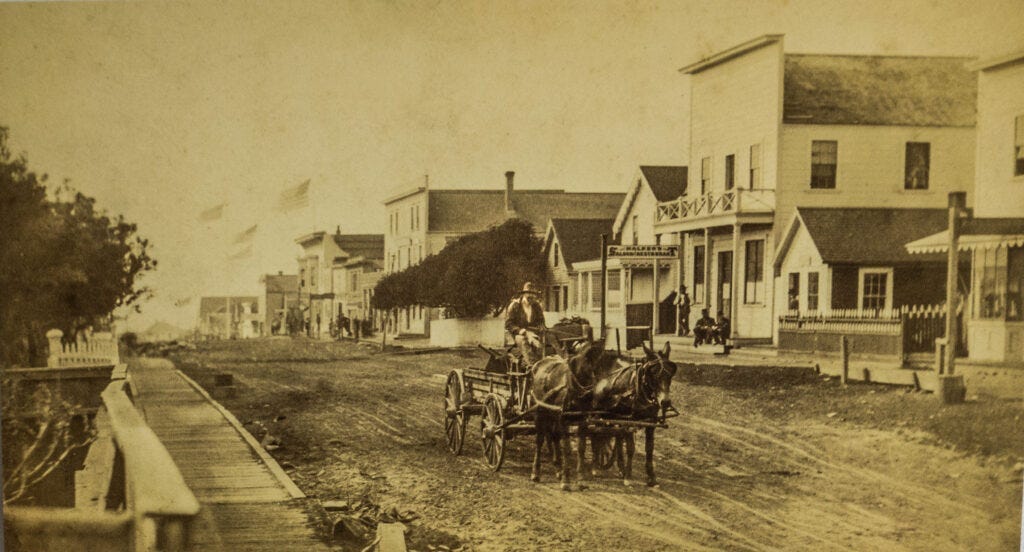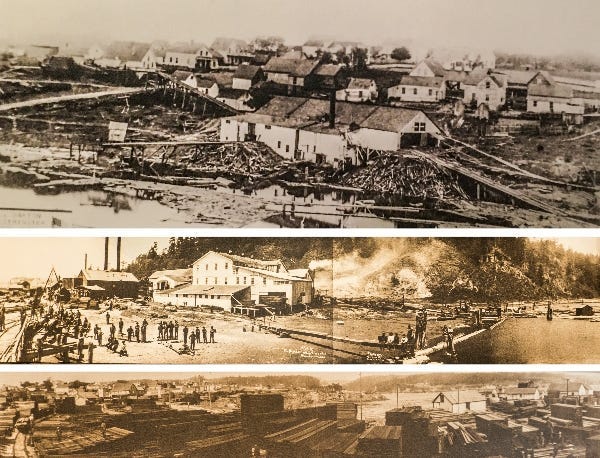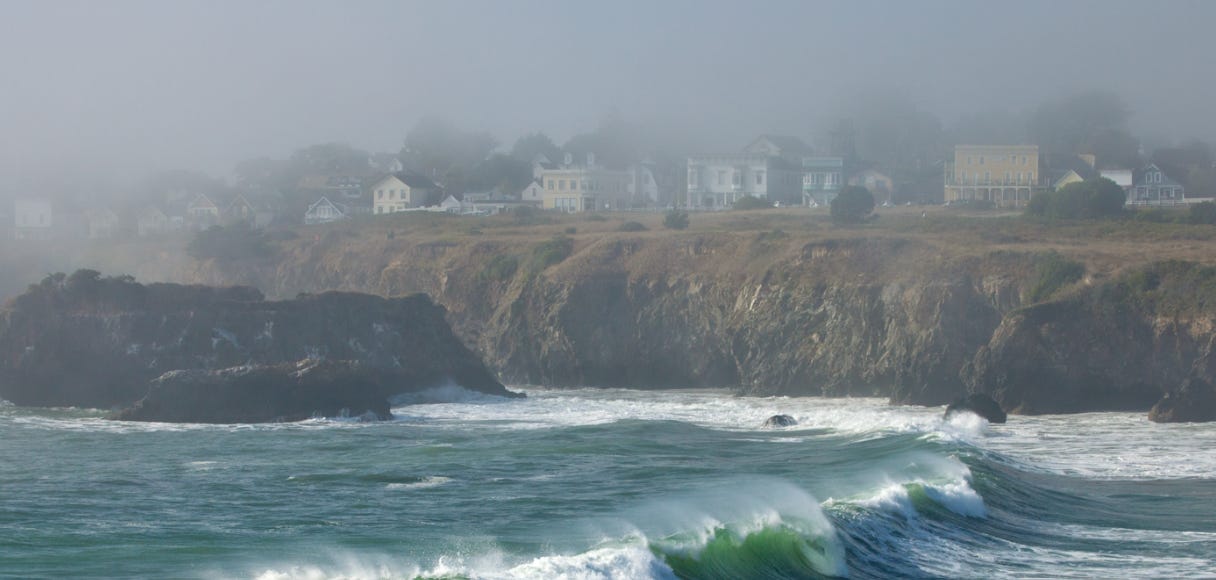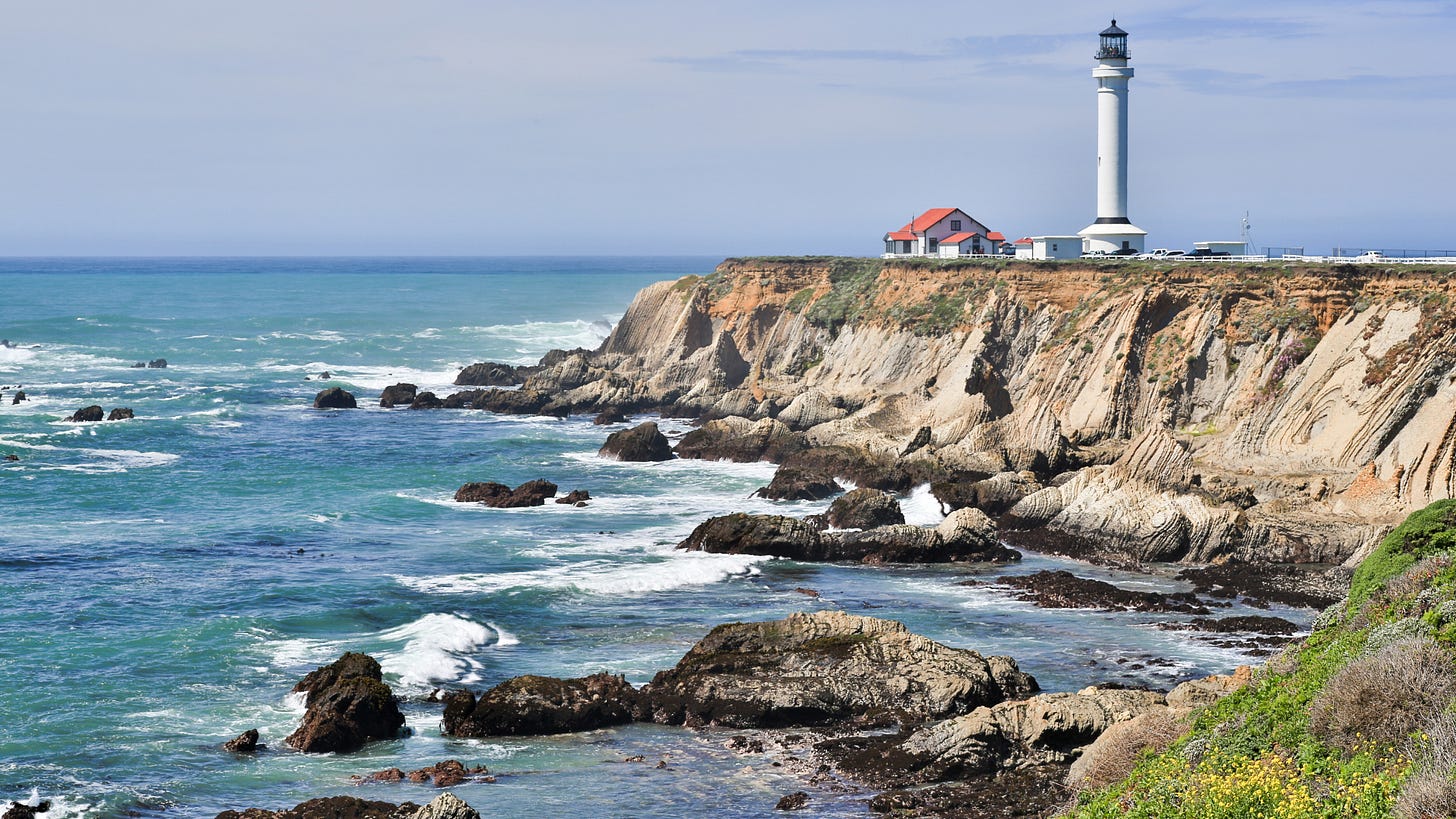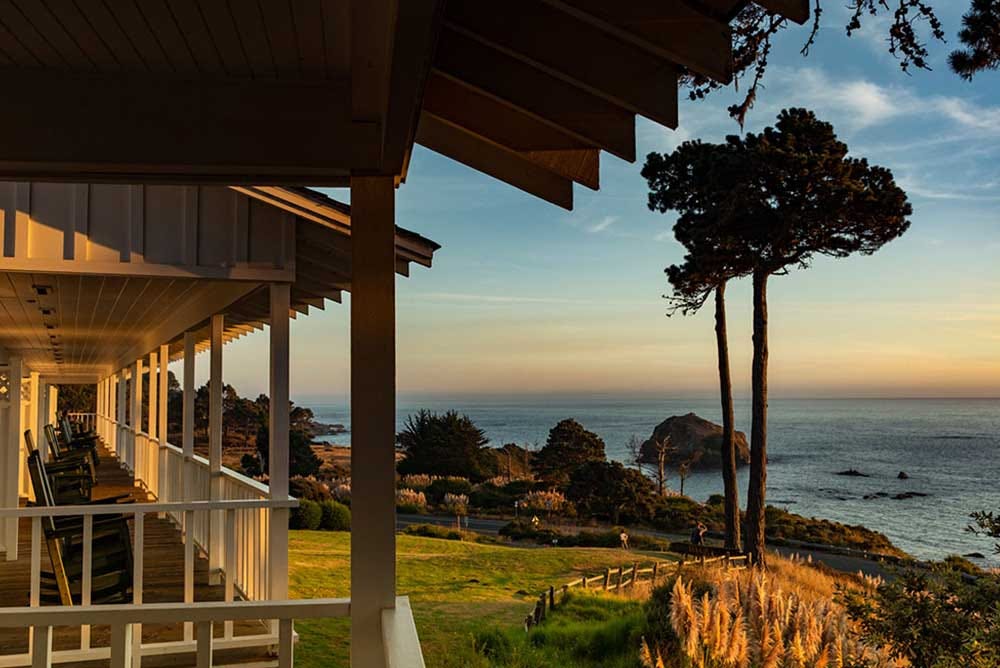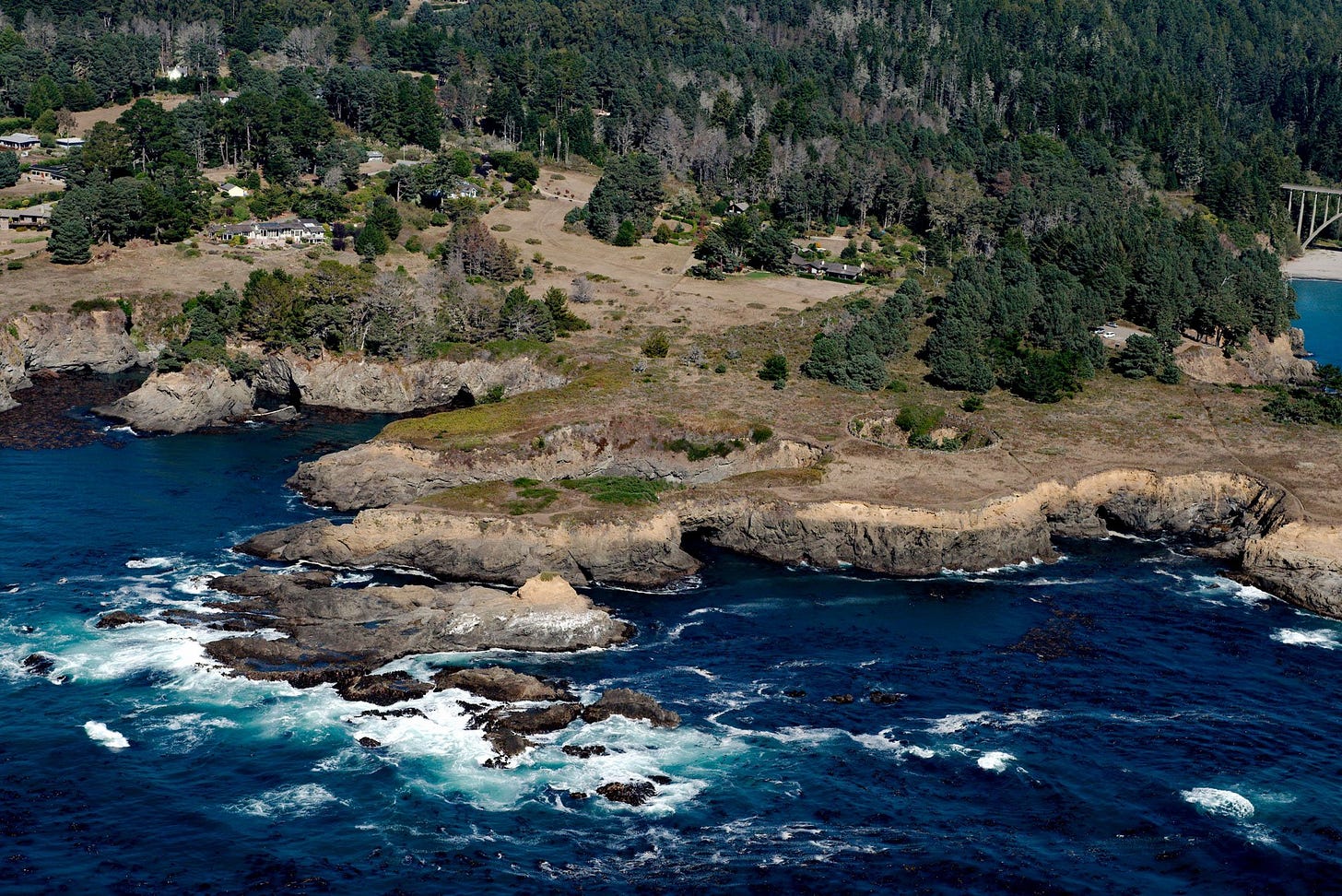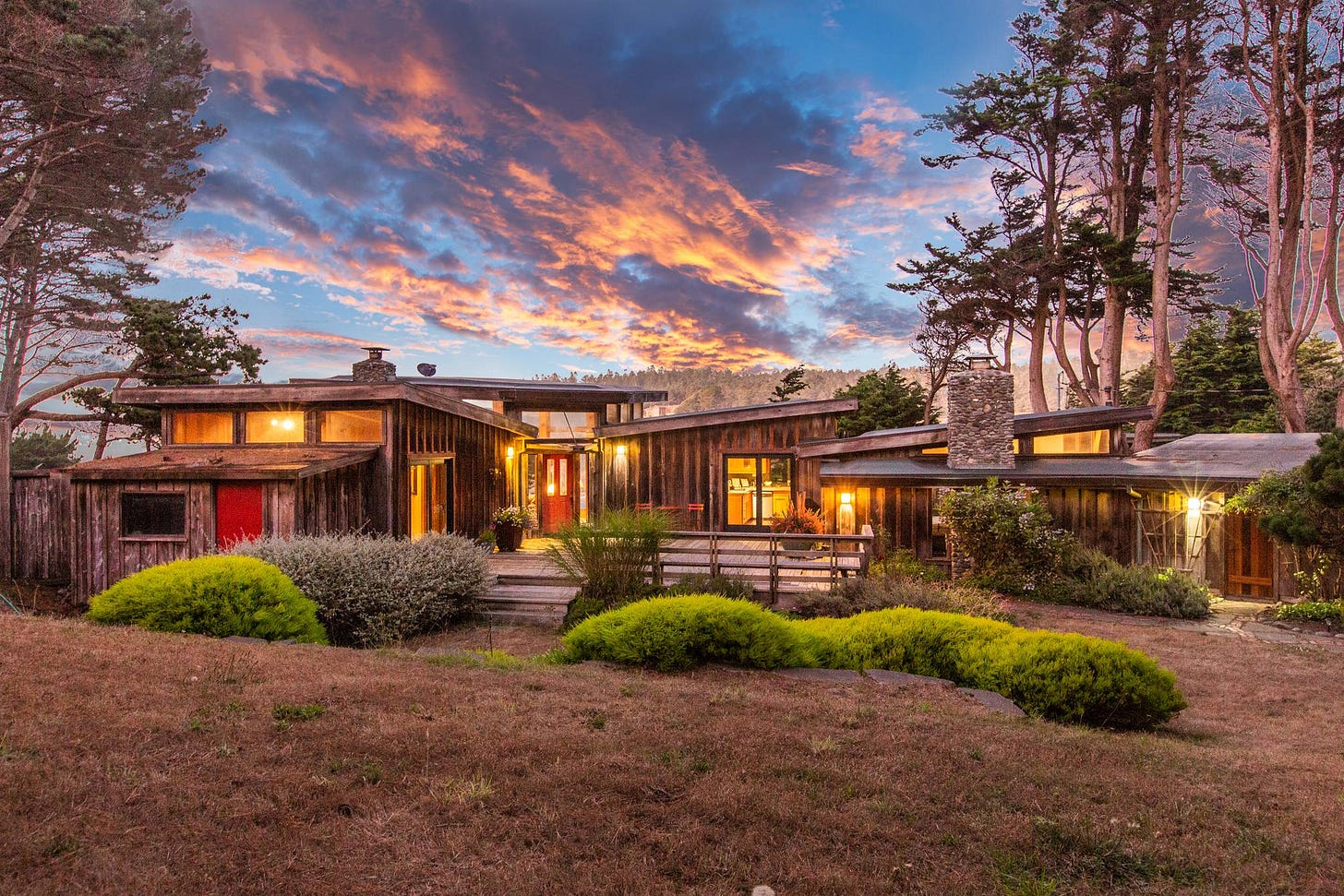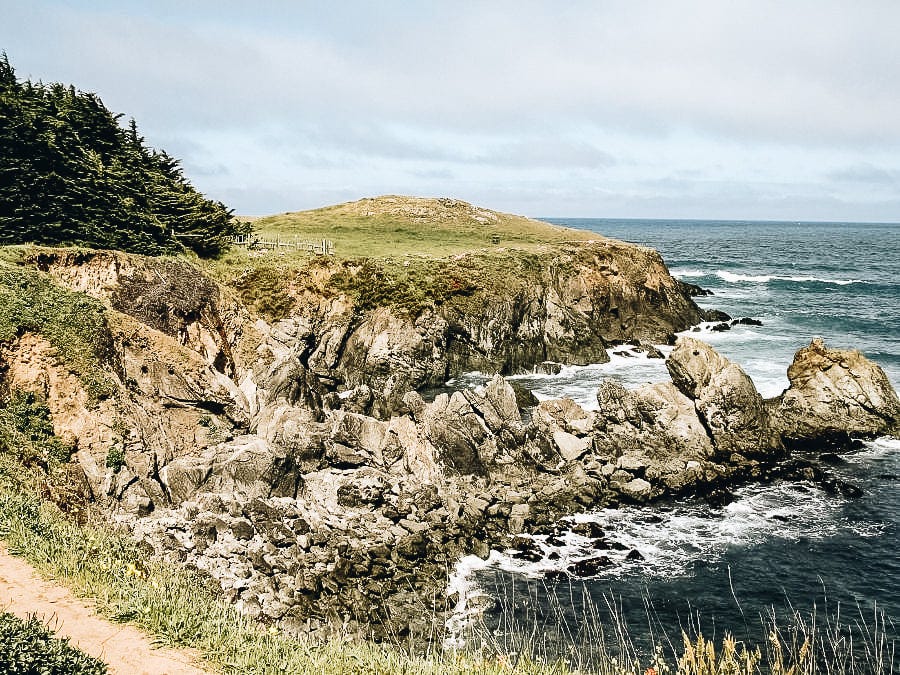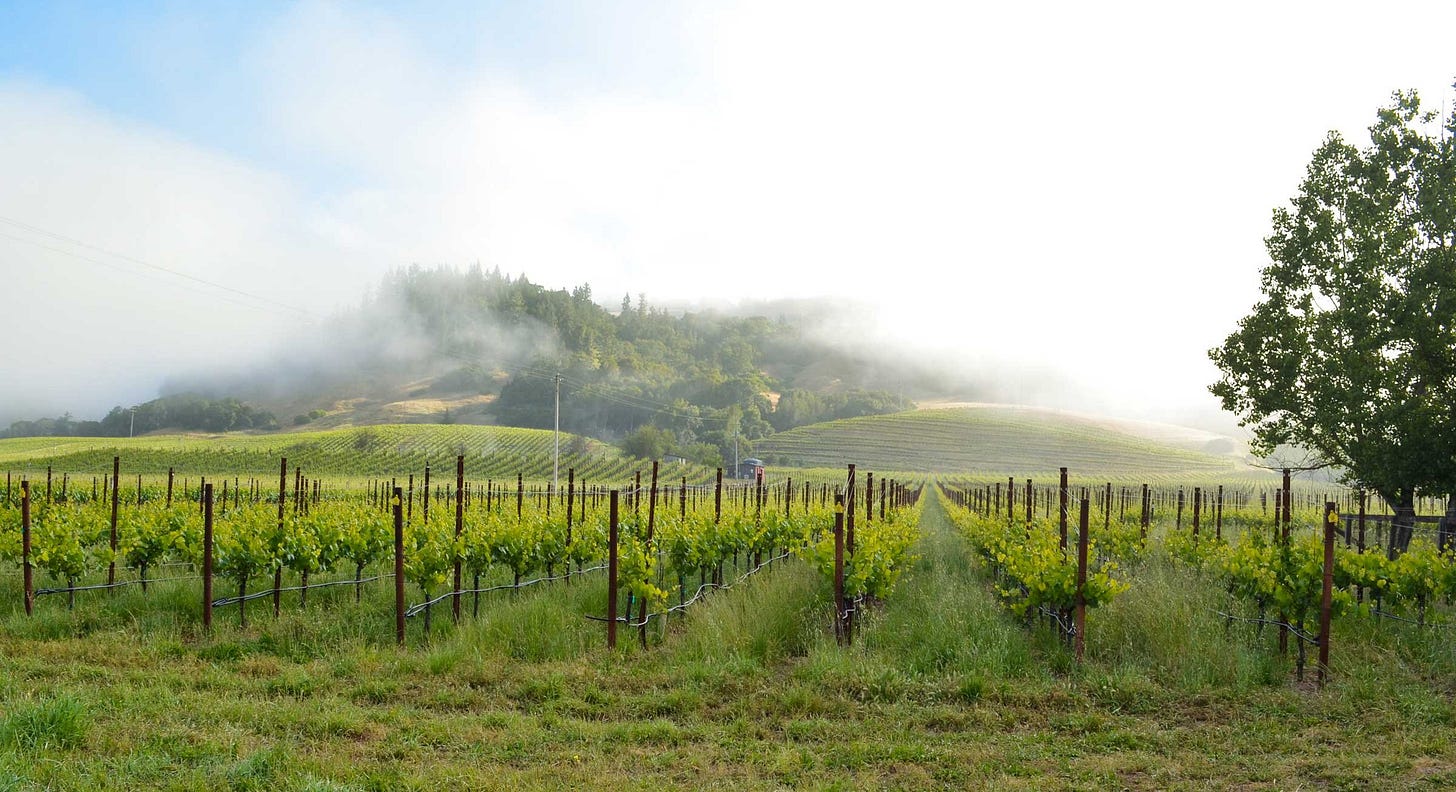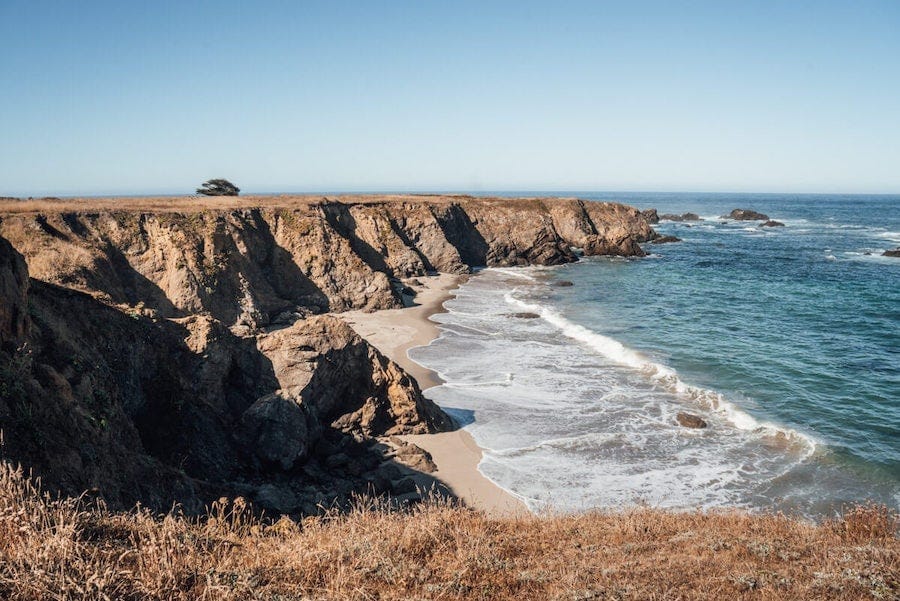California Forgot About Mendocino. You Shouldn’t.
A fog-wrapped town on the edge of America, where nature still gets the final word.
There’s a stretch of Northern California coast where the world seems to pause. Not because it’s waiting, but because it’s already arrived. The wind moves slowly. The ocean speaks in low, deliberate crashes. Even the redwoods lean slightly inward, like they know a secret they’re not ready to share. This is Mendocino, a town that doesn’t just resist modern California’s pace but seems completely unaware it ever existed.
Imagine driving into Mendocino as the fog rolls in like a soft curtain. You pull off Highway 1, past grassy headlands and scattered wooden homes that look like they were dropped straight from 19th-century New England. You expected quaint. You didn’t expect to feel like you’d stumbled into a ghost story, a dream, or both. Watch the video to get a feel for the place yourself.
But Mendocino has always been a little bit elsewhere. A little bit before. And a little bit beyond. Let me explain.
The Town That Looked East to Build West
Founded in 1850 as a logging town, Mendocino wasn’t settled by Spanish missionaries or gold rush fortune seekers, but by New Englanders drawn west by the redwood boom. They brought with them their architecture, their stoicism, and their clapboard homes with steep roofs and white trim. The result? A California town that looks more like something straight off the coast of Maine.
By the late 1800s, Mendocino buzzed with sawmills, shipping docks, and the constant hum of hard labor. Timber was the town’s gold, and ancient redwoods that were some thousands of years old were cut down and shipped south to build San Francisco. But when the logging economy dried up in the 20th century, Mendocino didn’t so much evolve as quietly fade into obscurity.
That was, until the artists arrived.
In the 1950s and 1960s, painters, writers, and bohemians, priced out of places like Big Sur and San Francisco, found refuge in Mendocino’s crumbling Victorian homes and moody coastline. The town became a canvas for creativity, a place where fog and freedom blurred the line between the past and what was yet to come.
Today, Mendocino carries both histories in its bones. The hard edges of a timber town have been softened by the salt air and the brushstrokes of those who saw beauty in the ruins.
What to Do in Mendocino (If You Can Pull Yourself Out of the View)
I’ll be candid. You could come to Mendocino and do nothing. Just sit on a bench near the bluffs, breathe in the salt and cypress, and let the wild Pacific remind you how small and how lucky you are. But for those who want to explore, the town gives back in layers.
Start with a walk along the Mendocino Headlands. The Headlands State Park wraps around the town like a protective arm. The trails are easy, the views cinematic. Crashing waves. Wind-blown grass. Sea caves echoing with the voices of gulls. It’s where locals go to remember why they live here and where travelers go to understand what makes this place feel sacred.
Then take time to explore the town itself. Mendocino is compact, maybe a dozen square blocks, but every inch tells a story. Art galleries line the streets, many of them inside restored homes. Don't miss the Highlight Gallery, one of the oldest on the coast, showcasing local woodworkers and painters. Stop by the Ford House Museum for a quiet dive into the town’s logging past and natural history.
When you’re ready to eat, sip, and settle in, Mendocino punches well above its size. Café Beaujolais is a longtime favorite, housed in a 19th-century farmhouse, offering seasonal menus that lean into local mushrooms, seafood, and wine. For breakfast, Goodlife Cafe & Bakery serves up strong coffee and the kind of pastries that disappear too quickly.
Wine lovers should drive a few minutes inland to Anderson Valley, where pinot noir and crisp whites thrive in the cooler climate. Navarro Vineyards and Handley Cellars offer stunning tastings without the crowds of Napa. On the way, you’ll pass through Philo and Boonville, small towns with character and a slower tempo.
Discover the Hidden Beauty of Russian Gulch State Park
Just north of town, you’ll find Russian Gulch State Park, a spot often skipped in favor of the better-known Mendocino Headlands or Van Damme. But this place is pure magic.
Hike the Fern Canyon Trail, a path that feels like stepping into a storybook, with towering redwoods and mossy logs. At the end, a 36-foot waterfall trickles down a sheer rock face surrounded by ferns. There are fewer people, more quiet, and that unmistakable feeling of being somewhere most travelers never quite reach.
If you time it right, you can also walk out to the Devil’s Punchbowl, a collapsed sea cave where waves thunder and swirl in an otherworldly churn.
Where the Road Ends and Something Else Begins
Mendocino doesn’t try to impress you. It doesn’t build mega-resorts or chase influencers. There are no chain stores, no neon signs, no billboards to break the spell. Instead, it offers something far rarer by giving you the space to slow down, feel something, and maybe even hear yourself think.
It’s a place where fog rolls in like a blessing. Where the ocean is always talking to you, if you’re quiet enough to listen. Where the houses lean just a little from the years, and the people do too, but not in a way that feels broken. It is in a way that feels true.
Why You Should Go Now
There’s something strange about Mendocino. It feels like a secret, but it’s not hidden. It’s right there, off the highway, waiting for someone willing to trade speed for silence.
So go. Walk the cliffs. Sip the wine. Watch the fog crawl across the rooftops like a living thing. Mendocino may have been forgotten by the rest of California, yet for those who remember, it offers something no city can.
And that might be the most valuable thing of all.






